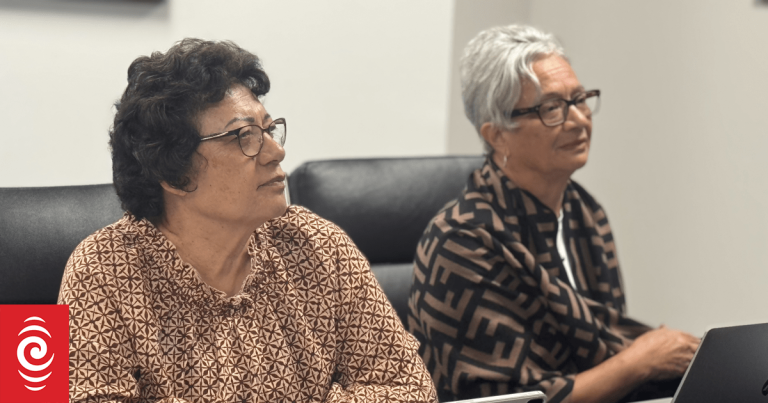Erosion of Childhood Vaccination Rates Sparks Concern Amidst Misinformation and Pandemic Legacy
A disturbing trend is emerging in New Zealand: a growing number of families, particularly within vulnerable communities, are refusing childhood vaccinations. This hesitancy, fueled by social media misinformation and lingering distrust in the health system following the Covid-19 pandemic, threatens the nation’s goal of achieving 95% immunization coverage by 2030. Health providers are working tirelessly to combat this trend, but the uphill battle against misinformation and systemic challenges presents a formidable obstacle.
The implications of declining vaccination rates are significant. Professor Peter McIntyre, an infectious disease expert at Otago University, notes a marked increase in the proportion of families declining immunizations altogether, a shift from previous trends where delays were more common. This hardening stance against vaccination raises serious concerns about the potential resurgence of preventable diseases like measles, whooping cough, and meningococcal B, particularly within Māori and Pacific communities where historical inequities and lower vaccination rates already exist.
The impact of social media on vaccine hesitancy is undeniable. Jackie Davis, a manager at Ngā Mataapuna Oranga, a primary health organization in the Bay of Plenty, describes a constant struggle against online misinformation. Despite their best efforts, including proactive outreach initiatives, their small PHO reports a 25% decline rate, reflecting the power of anti-vaccination propaganda spread through digital channels. This highlights the critical need for effective strategies to counter misinformation and rebuild trust in scientific evidence.
The Covid-19 pandemic has exacerbated existing challenges and introduced new ones. The pandemic eroded public trust in health authorities and exacerbated existing health inequities. Davis points to the lingering impact of the pandemic on community relationships, noting the difficulty in rebuilding trust and the frustration felt by families who have been repeatedly approached about vaccinations. This delicate balance between promoting vaccination and respecting individual autonomy requires careful navigation by health professionals.
The struggle to maintain vaccination rates is compounded by systemic barriers. Katarina Gordon, chief executive of Eastern Bay Primary Health Alliance, describes the challenges faced by whānau living in rural and remote areas, where access to healthcare is limited by transport, housing instability, and economic hardship. These socioeconomic factors prioritize immediate needs over preventative care, making it difficult for families to prioritize vaccinations. Furthermore, health providers themselves are grappling with workforce shortages, limited clinic availability, and high demand, straining resources and creating long wait times for appointments.
Despite these obstacles, health providers remain committed to improving vaccination rates. Initiatives such as mobile outreach services, community health worker engagement, and culturally sensitive communication are crucial in reaching vulnerable populations. However, sustainable funding and increased resources are essential to support these efforts. The fight against misinformation requires a multi-pronged approach, involving healthcare professionals, community leaders, social media platforms, and government agencies working collaboratively to provide accurate information and rebuild trust. The focus must remain on protecting vulnerable communities and ensuring equitable access to life-saving vaccines. The nation’s health and well-being depend on it.


